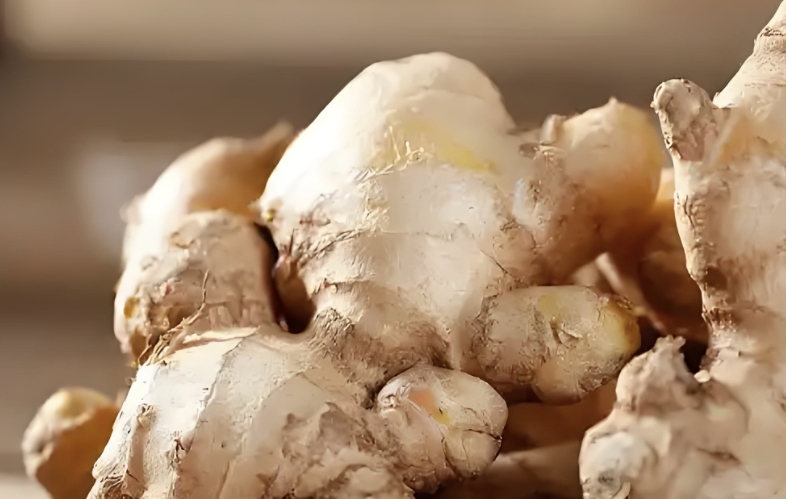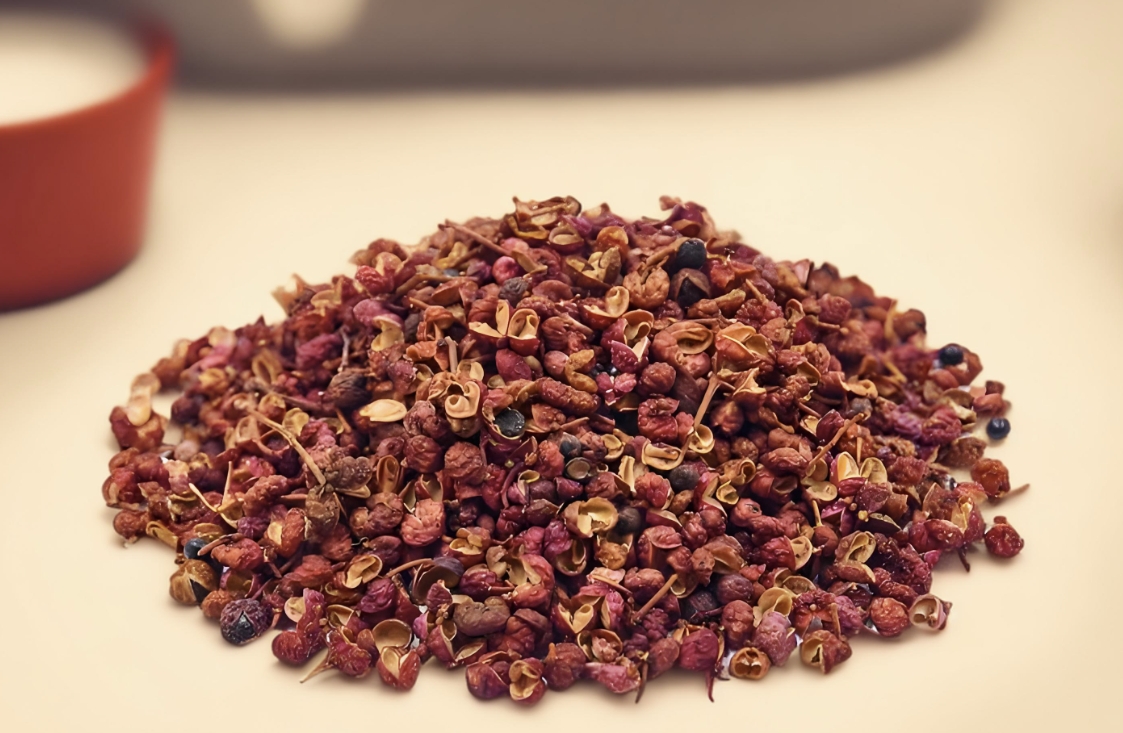The culture of Traditional Chinese Medicine (TCM), with its rich history spanning thousands of years, embodies the wisdom and practical experience of ancient Chinese civilization.
According to legend, ancient Chinese figures such as Shennong, the Yellow Emperor, and Fuxi were not only cultural pioneers but also instrumental in developing Traditional Chinese Medicine. These legendary tales of Shennong tasting hundreds of herbs, the Yellow Emperor's medical discussions, and Fuxi's development of acupuncture reflect the ancient Chinese pursuit of medical knowledge and laid the theoretical foundation for future generations.
I. Shennong's Herbal Legacy and Overview of "The Divine Farmer's Classic of Materia Medica"
According to legend, Shennong personally tested hundreds of herbs daily, discovering numerous medicinal plants. He classified these herbs into three categories based on their properties and effects:
-
Superior herbs: Used for nurturing life, maintaining health, and promoting longevity (e.g., Lingzhi mushroom, Ginseng)
-
Medium herbs: Used for maintaining bodily functions and preventing illness
-
Lower herbs: Used for treating specific diseases and ailments
This classification system established the fundamental framework of Chinese herbal medicine, which was later refined and culminated in the classic text "The Divine Farmer's Classic of Materia Medica" during the Eastern Han Dynasty.
This seminal work documented 365 medicinal substances and established core principles including:
-
Four Natures and Five Flavors: The four natures (cold, hot, warm, cool) represent the herbs' properties; the five flavors (sour, bitter, sweet, pungent, salty) correspond to different therapeutic effects
-
Monarch, Minister, Assistant, and Envoy: Principles of herb combinations in prescriptions
-
Seven Relations: Guidelines for herb interactions, including mutual reinforcement, assistance, suppression, antagonism, and incompatibility
II. Ten Essential Chinese Herbs for Home Use
Lingzhi (Ganoderma)
-
Properties: Sweet, neutral; affects Heart, Lung, Liver, and Kidney channels
-
Benefits: Enhances immunity, promotes relaxation, supports respiratory health
-
Modern application: Ideal for boosting overall wellness and managing stress
Ginseng
-
Properties: Sweet, slightly warm; affects Spleen, Lung, Heart, and Kidney channels
-
Benefits: Boosts energy, supports vitality, enhances mental clarity
-
Modern application: Excellent for fatigue and low energy conditions
Hawthorn (Shan Zha)
-
Properties: Sour and sweet, slightly warm; affects Spleen, Stomach, and Liver channels
-
Benefits: Aids digestion, promotes blood circulation
-
Modern application: Excellent for digestive issues and after heavy meals
Astragalus (Huang Qi)
-
Properties: Sweet, slightly warm; affects Spleen and Lung channels
-
Benefits: Strengthens immune system, boosts energy, supports circulation
-
Modern application: Popular for immune system support and natural energy enhancement
Fresh Ginger (Sheng Jiang)
-
Properties: Pungent, slightly warm; affects Lung, Spleen, and Stomach channels
-
Benefits: Warms the body, settles the stomach, supports respiratory health
-
Modern application: Versatile kitchen remedy for nausea, cold symptoms, and digestive support

White Cogon Grass Root (Bai Mao Gen)
-
Properties: Sweet, cold; affects Lung, Stomach, and Bladder channels
-
Benefits: Cools the body, supports healthy fluid balance
-
Modern application: Natural support for body temperature regulation and fluid balance
Chrysanthemum (Ju Hua)
-
Properties: Bitter and sweet, slightly cold; affects Lung and Liver channels
-
Benefits: Supports eye health, helps manage occasional headaches
-
Modern application: Popular in wellness teas for eye strain and stress relief
Job's Tears (Yi Yi Ren)
-
Properties: Sweet and bland, cool; affects Spleen, Stomach, and Lung channels
-
Benefits: Supports fluid balance, promotes joint health
-
Modern application: Popular in health-conscious diets and wellness programs
Licorice Root (Gan Cao)
-
Properties: Sweet, neutral; affects Heart, Lung, Spleen, and Stomach channels
-
Benefits: Harmonizes other herbs, supports digestive and respiratory health
-
Modern application: Often used as a natural sweetener and digestive support
Sichuan Pepper (Hua Jiao)
-
Properties: Pungent, warm
-
Benefits: Supports digestion, provides warming properties
-
Modern application: Both a culinary spice and traditional remedy for digestive comfort

III. Conclusion
The rich heritage of Traditional Chinese Medicine represents a precious treasury of Chinese culture, refined through millennia of practical experience and systematic observation. From the legendary tales of Shennong tasting herbs to the compilation of the Classic of Materia Medica, TCM demonstrates a profound understanding of health and wellness that remains relevant today.
These ten essential herbs represent just a small sample of TCM's vast pharmacopeia, yet they offer practical solutions for common health concerns in modern households. When used appropriately, these natural remedies can address minor health issues and support overall wellness in daily life. Their dual role as both medicinal herbs and health-promoting foods exemplifies the TCM principle of "food as medicine" - a holistic approach to health that resonates with today's wellness-conscious consumers.
Remember: While these herbs have a long history of traditional use, it's always advisable to consult healthcare professionals before starting any new health regimen

